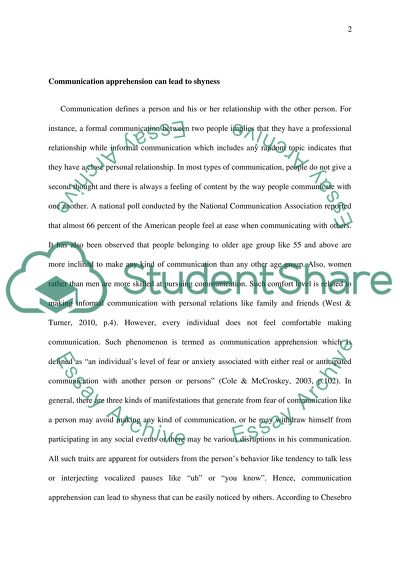Cite this document
(“Communication Term Paper Example | Topics and Well Written Essays - 2500 words”, n.d.)
Retrieved from https://studentshare.org/miscellaneous/1640354-communication
Retrieved from https://studentshare.org/miscellaneous/1640354-communication
(Communication Term Paper Example | Topics and Well Written Essays - 2500 Words)
https://studentshare.org/miscellaneous/1640354-communication.
https://studentshare.org/miscellaneous/1640354-communication.
“Communication Term Paper Example | Topics and Well Written Essays - 2500 Words”, n.d. https://studentshare.org/miscellaneous/1640354-communication.


